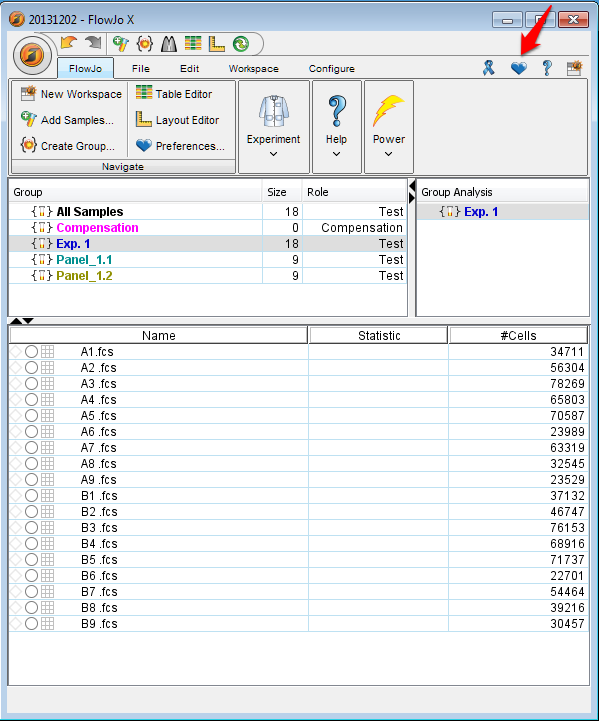

The proliferation index only takes into account the cells that underwent at least one division, that is, only respondingĬells are reflected in the proliferation index. Proliferation Index is the total number of divisions divided by the the number of cells that went into division. This is an average even for cells which never divided (i.e., includes the undivided peak). Overlay window showing each generation's gate displayed on a bivariate plot with the parameters of your choice.ĭivision Index is the average number of cell divisions that a cell in the original population has undergone. (Draws a gate halfway between each peak and adds them to the Workspace.)ģ) Show Overlay: Select this button to open the Multigraph

The better the model fit, the lower the Root Mean Square ( RMS).Ģ) Create Gates.Gates dividing the generations can be created by clicking the Create It is useful to initially calculate the model without constraints (adding constraints as necessary to obtain the best fit).ġ) Calculate the model by clicking on the Calculate button.Ĭlick a yellow arrow to cycle through samples.Ĭlick the black triangle to select a sample.Ĭlick the clipboard icon to copy table to clipboard. The default number of peaks is 8, although it is important that the chosen number of peaks exceed the actual number of peaks in the data. This brings up the Proliferation Platform. Start by clicking on the population to analyze and selecting Proliferation from the In addition the FlowJo Proliferation Platform draws gates in order to separate each generation. Information about how many cell divisions have occurred. FlowJo presents a graphical display and a table of data on each generation in the subset. Using flow cytometry to track cell generations is now possible, thanks to the introduction of cell tracking dyes.


 0 kommentar(er)
0 kommentar(er)
